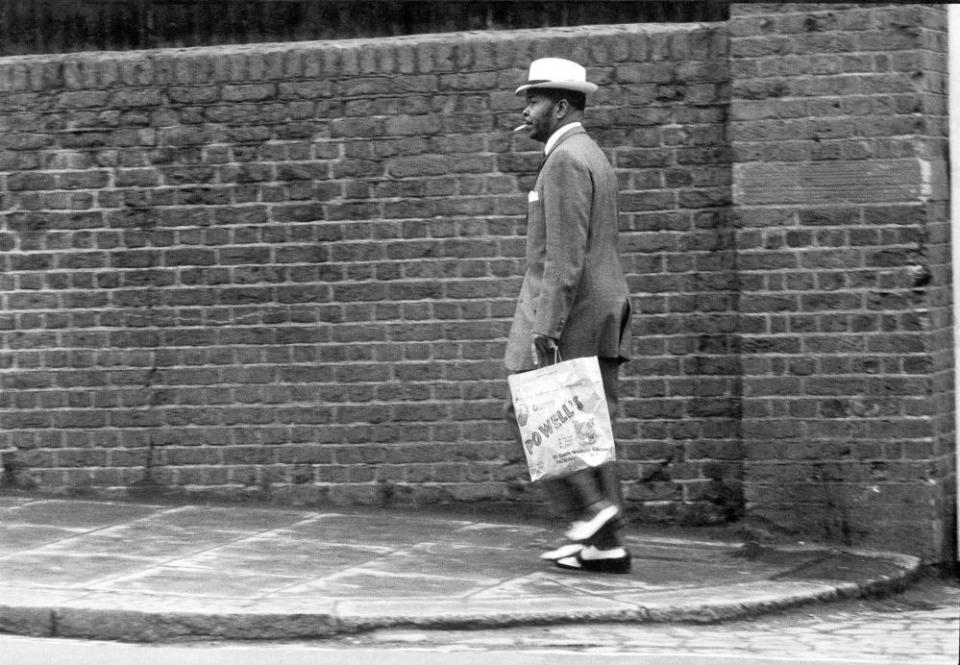The big picture: zoot you, sir! Charlie Phillips’s snappy dresser, 1968

Charlie Phillips took this picture near his home in London’s Notting Hill in 1968. Looking back, he guesses that the man in the zoot suit had recently arrived from the Caribbean; the style, fashionable among the Windrush generation, was then on the way out. Phillips himself arrived from Jamaica in 1955. He worked washing pots in his parents’ restaurant in the Portobello Road and took photos of his community, initially with a Kodak Retina camera left behind by an American soldier. Simon Schama has called him “one of Britain’s great photo-portraitists… a visual poet; chronicler, champion, witness of a gone world”.
It was only after Phillips gave up taking pictures, however, with the arrival of digital photography, that he received any recognition. In the 1960s and 1970s, he would continually knock on editors’ doors and never receive any work. The most common question he was asked, he says, was: “Did you really take that?” as if a black photographer could not be so accomplished. In 2003, his archive from the 1960s was “discovered” by the Museum of London. It was stored under his bed, much of it lost in various house moves. Before that, he had shown his pictures mostly in barber’s shops in his community. This image is included in a new show of his archive at the Royal Festival Hall.
Phillips, 76, known as Uncle Charlie to younger photographers, lives in Mitcham, London, these days, “a place where nothing happens after News at Ten”, but still often goes back to the streets he documented. He welcomes the fact that his pictures are being looked at, though he can’t help feeling that “should have happened 40 years ago… when [white] photographers would get a nice commission to come and document the carnival or whatever. I still tell people,” he says, “don’t be calling me up in Black History Month. We’re a big part of British history, whether you like it or not.”
• The Charlie Phillips Archive is at the Royal Festival Hall, Southbank Centre, London SE1 until 17 October

 Yahoo Finance
Yahoo Finance 